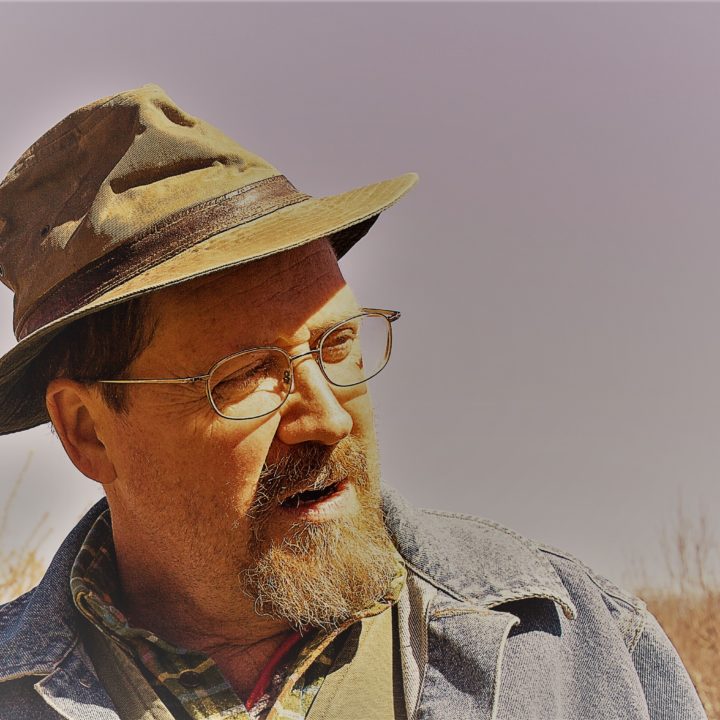
Muscadine and scuppernong grapes
There is a day each year. A day when you find yourself in the kitchen slicing the last of the season’s ripe tomatoes, a moment you have lived before, knew was in the cards. A day when the vines are still heavy with green tomatoes. A shortened day in which those green tomatoes will never fully ripen, destined instead for frying or making chowchow. How did that unstoppable summer deluge become a trickle and then a drought?
So begins fall, a chance to cherish what is passing before the weather turns to ice and snow — both too soon to dream of the fallow winter, when the cold months spoon next to the season of rebirth, that bare season, stark in its absence of greenery, when our native imagination colors in the palette of the riches to come, and too late to partake of the fresh bounty of the summer season just passed. The in-between season.
Fall is the season of salvage, of scouring the fields and paddocks for useful leftovers. In modern parlance, it is the sustainable season. A rush to harvest the last of the fruit to preserve in jams, jellies, chutneys, and wines. A time to take stock with some soul searching of Aesop’s Fables significance: Do we have enough firewood? Did we use our time well last winter, spring, summer in preparation for the next year? It is a time of movement, cattle to new pastures and forage to shelter. A time to glean the excess hens and roosters, butchering for hours to stock the larder for the gumbo and chicken and dumplings that will get us through the cold months to come.
Fall is a time of hog fattening. The cruel reward for an ability to gain 300 pounds in nine months comes with a knife wielded the week after Halloween. The bounty is delivered to us in sides of bacon, salted hams, corned shoulders, butcher’s wife pork chops, hand-seasoned breakfast sausages, headcheese, pates, and bowls of beans with ham hocks.

Assorted lambs for winter customers.
Fall is also sheep-breeding time. As the days and nights cool, the ram has his pleasurable work cut out for him, making sure all ewes are bred. We, servant-like, make sure the ewes are conditioned for lambing, in good health, hooves trimmed, attending to their every need. Meanwhile, last winter’s lambs are grazing in their own pasture, fattening before they fall under the butcher’s sword in the remaining months of the year.
Fall is the season of coming face to face with imminent and unavoidable death. It is the fever of the dying year, the mumbled words from the patient in the bed trying to get his affairs in order, to make amends. So much to do and so little time.
It is a season of contrasts, when we eat a ripe tomato while composting the vine it grew on, feed a pregnant ewe while fattening for slaughter her year-old offspring, crush grapes and pears while sipping the wine made last year. Past, present, and future are jumbled in this most hopeful season, when we weigh the year to come to see what is left in the balance.
Like a culture that prepares for a future generation, this work is undertaken for a year not yet born.






